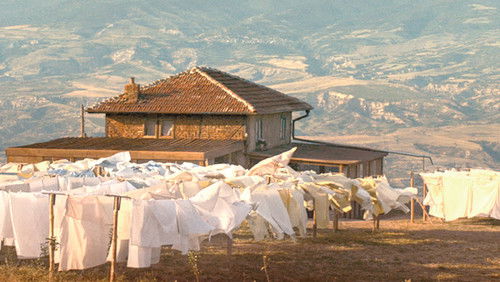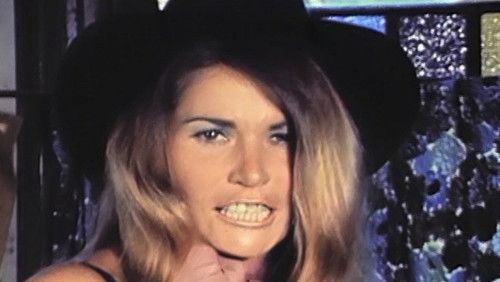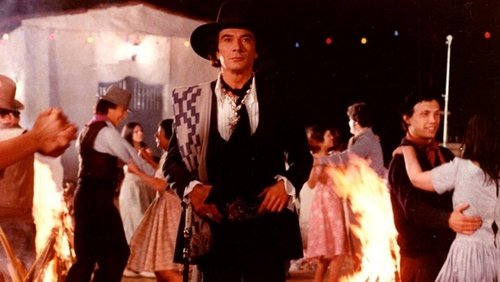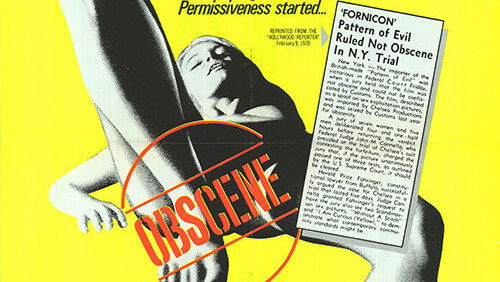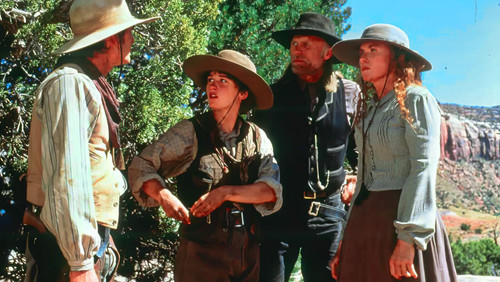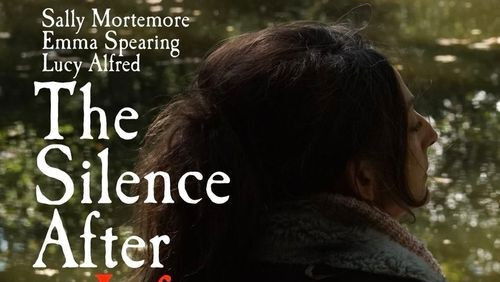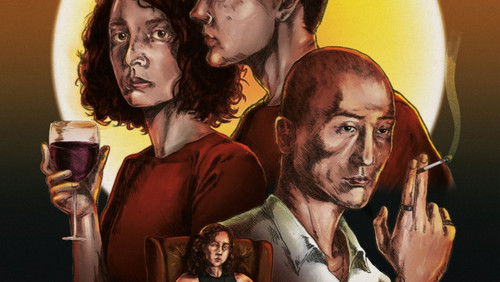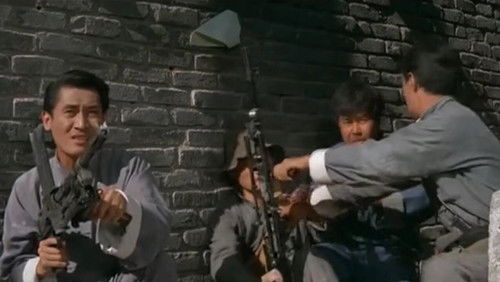Mandara (1971)
14KMandara: Directed by Akio Jissôji. With Kôji Shimizu, Akiko Mori, Ryô Tamura, Hiroko Sakurai. Two student couples stumble upon a cult dedicated to promoting the primordial human state through rape and agriculture.
“Akio Jissoji is an obscure name to Western audiences. His work has only been seen widely thru his work on the original Ultraman series although it was usually uncredited in the American version. Possessed of strong visual style, Jissojiu0026#39;s work is very distinctive, comparable to Orson Welles or Carl Dreyer. Even his work on Ultraman (a childrenu0026#39;s program) show his preference for unusual camera angles and unique visual compositions. After his work in Japanese television, Jissoji found himself working with the Art Theater Guild, an experimental film company. They produced several films of his, Mandara being the second one. Unfortunately, Jissoji shares with his fellow Japaese film makers a fascination with S/M sexual practices and exhibits the usual Japanese misogyny seen in u0026quot;eroticu0026quot; films of this time. Your willingness to watch this sort of behavior will strongly effect your ability to sit though this production.u003cbr/u003eu003cbr/u003eUpon first viewing, one is struck by the visual compositions, image juxtaposition and the sound production. Actually thatu0026#39;s all there is to be struck by for the first few minutes as it takes a while for the story to get going. I didnu0026#39;t mind as nearly every frame of this film is a masterwork of composition and camera movement. Unfortunately the verbal part of the film is problematic for several reasons. First, the dialog is very art-house which would probably be hard to follow in Japanese let alone a translation. Second, the English translation in the version I saw is very poor and frequently confusing. Third, the film almost requires a decent knowledge of Japanese Buddhist philosophy not just Buddhism in general. Fourth, the film seems very much a product of the turbulent times it was produced and the characters seem motivated by the issues of that time in Japan.u003cbr/u003eu003cbr/u003eThe story, as far as I could figure from the jumbled subtitles, is about a group of strange modern Buddhists who gain followers by assaulting couples that the leader has been watching and raping the women. The couples then become members of the sect! The group spends time performing ceremonies and discussing esoteric philosophy. Then once again rape and beat some new woman or one thatu0026#39;s already in the sect. This might be meaningful to Japanese audiences but I admit to being in the dark. Unfortunately, the rape scenes go on for extended periods of time and due to the confusing translation they leave a stronger impression then the dialog. Itu0026#39;s also possible that the rape scenes just assured the film makers an audience for an otherwise esoteric film. Also the film is over 2 hours long!u003cbr/u003eu003cbr/u003eSad, since this is otherwise one of the best looking films Iu0026#39;ve seen.”
